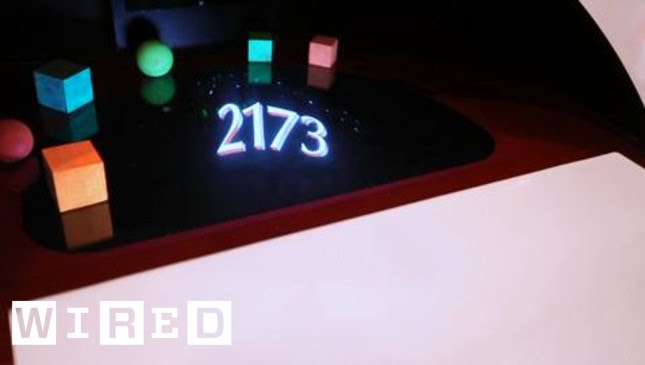Rideable Electric Boards: Fun Toys or Commuting Game-Changers?
Summary
In this blog post, we explore the world of rideable electric boards as tech writer Brent Rose takes them for a test ride. We watch as he gives each board a ten-minute tryout, testing its maneuverability and ease of use. He then places them in a time trial and obstacle course, putting them through their paces to see which one comes out on top. In the end, we learn which board Brent recommends for daily commutes and whether we should consider incorporating them into our daily lives.
Table of Contents
- Introduction
- Q&A
- Conclusion
Introduction
The Segway was supposed to change the way we commute, but it never quite caught on. Now, a new generation of rideable electric boards is flooding the market. Among those endorsing them are celebrities like Justin Bieber, Wiz Khalifa, and J. R. Smith. But are they just expensive toys or something that can revolutionize our daily commute? In this blog post, Brent Rose sets out to answer that question.
Q&A
Are the rideable electric boards easy to learn?
Brent Rose gives each board a ten-minute test ride to see how easy they are to learn. He notes that the Funky Duc was the hardest to maneuver while the Hover Trax felt more familiar to him. However, the Zboard Pro was the most difficult for him to control, as he struggled to stop it. Finally, he gave the Solo Wheel Extreme a try, which he found to be the most challenging to learn, but ultimately the most satisfying.
Which rideable electric board is the fastest?
During the time trial, Brent Rose clocked in the speeds of each board. He discovered that the boards’ listed speeds did not match up with their actual speeds. The Solo Wheel Extreme had a top speed of 10 miles an hour, and the Zboard Pro had a top speed of 20 miles an hour. Brent was able to reach 13 miles an hour on the Hover Trax, which was a lot faster than the board’s 5 miles an hour listed speed.
Are rideable electric boards safe?
While Brent did not experience any major injuries during his review, he did note that some boards felt shakier than others at high speeds. It’s essential to wear protective gear like a helmet, elbow pads, and knee pads, especially if you plan to use them for commuting.
Which rideable electric board does Brent recommend for daily commutes?
Brent Rose recommends the Solo Wheel Extreme for daily commutes for its stability and satisfaction level. While the Zboard Pro was incredibly fun to ride, Brent found it challenging to stop. The Funky Duc and Hover Trax were both easier to maneuver but not suitable for daily commutes.
Are rideable electric boards just toys for the rich?
The price range of rideable electric boards varies from $90 to $2,300, making some boards more accessible than others. However, the higher-priced boards tend to offer more features and have a better build quality. While rideable electric boards may be seen as toys for the wealthy, they can represent an investment for commuters who want to save on transportation costs in the long run.
Conclusion
In conclusion, rideable electric boards offer a fun and thrilling experience for those looking for an alternative mode of transportation. However, they are not yet ready to replace traditional modes of commuting. Brent Rose found the Solo Wheel Extreme to be the most suitable for daily commutes, while the other boards were better suited for leisure activities. As with any rideable tool, safety precautions must be taken, especially at higher speeds. While rideable electric boards may not yet be changing the game, they are no doubt a fun toy that sparks the imagination of tech enthusiasts the world over.







